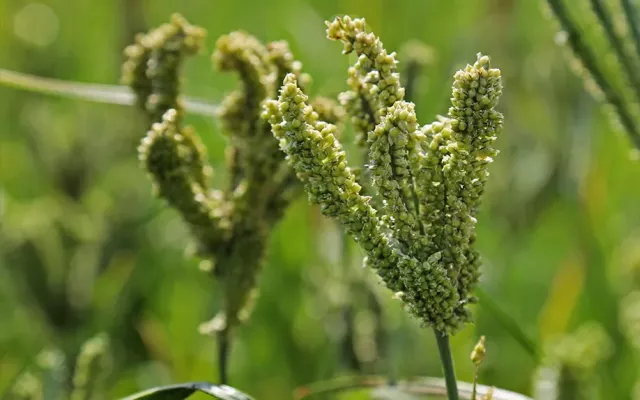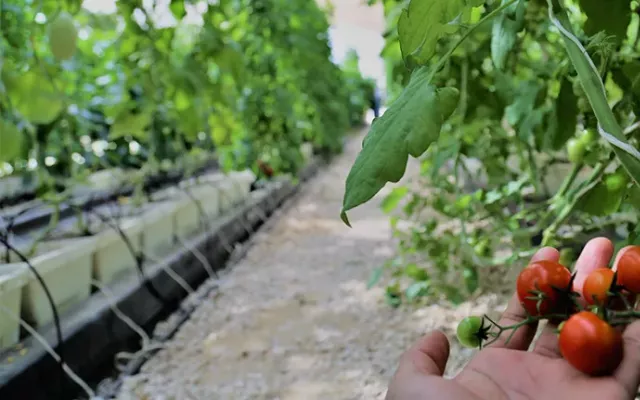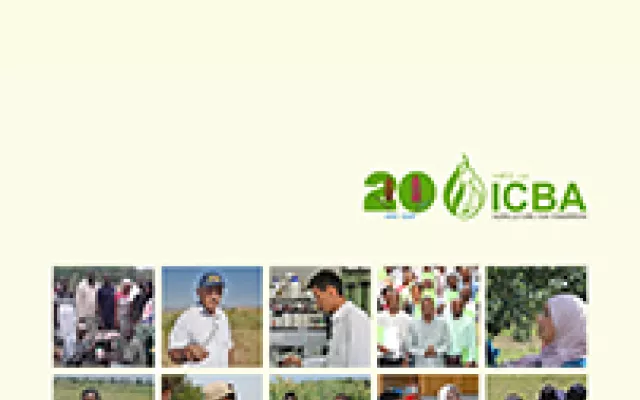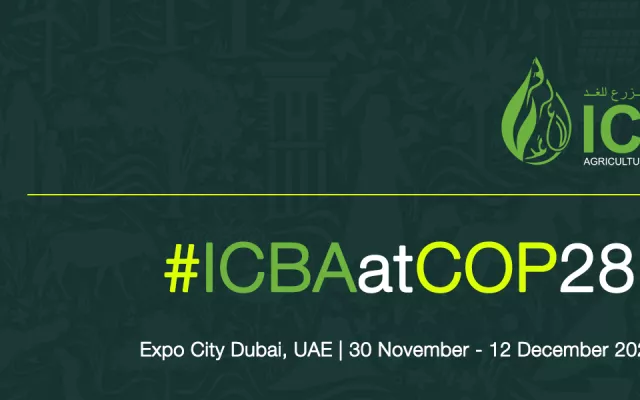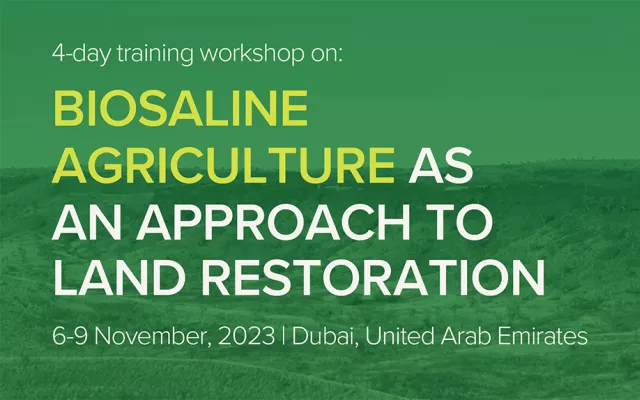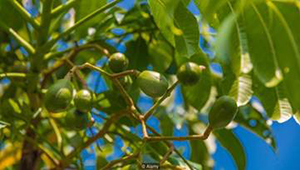 Just four crops - wheat, maize, rice and soybean - provide two-thirds of the world’s food supply. But scientists in Malaysia are trying to change that by reviving crops that have been relegated to the sidelines.
Just four crops - wheat, maize, rice and soybean - provide two-thirds of the world’s food supply. But scientists in Malaysia are trying to change that by reviving crops that have been relegated to the sidelines.
By Preeti Jha
22 August 2018
On a small fruit farm near the Straits of Malacca Lim Kok Ann is down to just one tree growing kedondong, a crunchy, tart berry that Malaysians mostly use in pickles and salads. "It's not very well-known," says the 45-year-old, who is instead focusing on longan berries and pineapples, which have bigger markets. For a smallholder like Lim, demand for kedondong would have to grow rapidly to justify scaling up his business. "We have to grow what is profitable," he says.
But less than an hour away in the Malaysian countryside, inside three giant, sleek and silver domes, scientists are trying to change the future of food. They're pushing the boundaries of what humans eat by growing and processing so-called ‘alternative' crops - such as kedondong.
At the headquarters of global research centre Crops For the Future (CFF) this particular under-used fruit has been turned into an effervescent, sugar-free juice, high in vitamin C and getting top marks in sensory evaluations.
"Anything you see here is a forgotten crop," says Sayed Azam-Ali of the abundant plants weaving through the gardens of CFF outside Malaysia's capital Kuala Lumpur.
Spindly moringa trees, cream-coloured bambara groundnuts, the sour kedondong berry - these are crops which have been farmed for centuries but are virtually unknown outside the places where they grow. Even here, demand is dwindling. They've been relegated to the sidelines, says CFF head Azam-Ali, in favour of the "big four".
Prof Azam-Ali explains that just four crops - wheat, maize, rice and soybean - provide two-thirds of the world's food supply. "We're dependent on these four," he says. "But actually there's 7,000 crops we've been farming for thousands of years. We ignore all of those."

